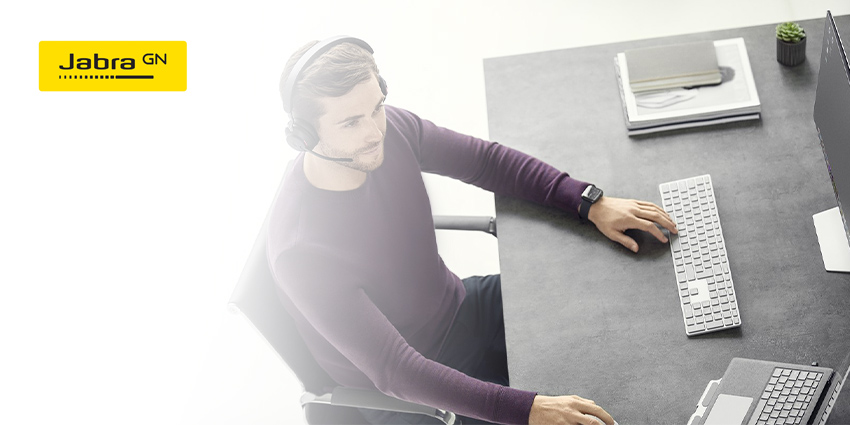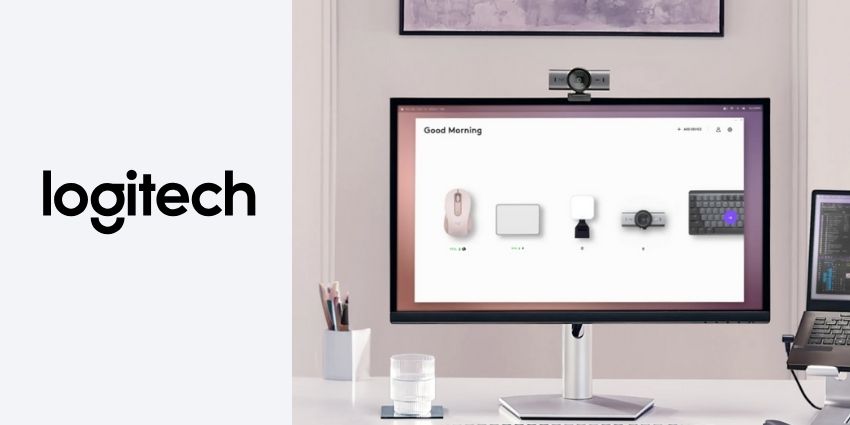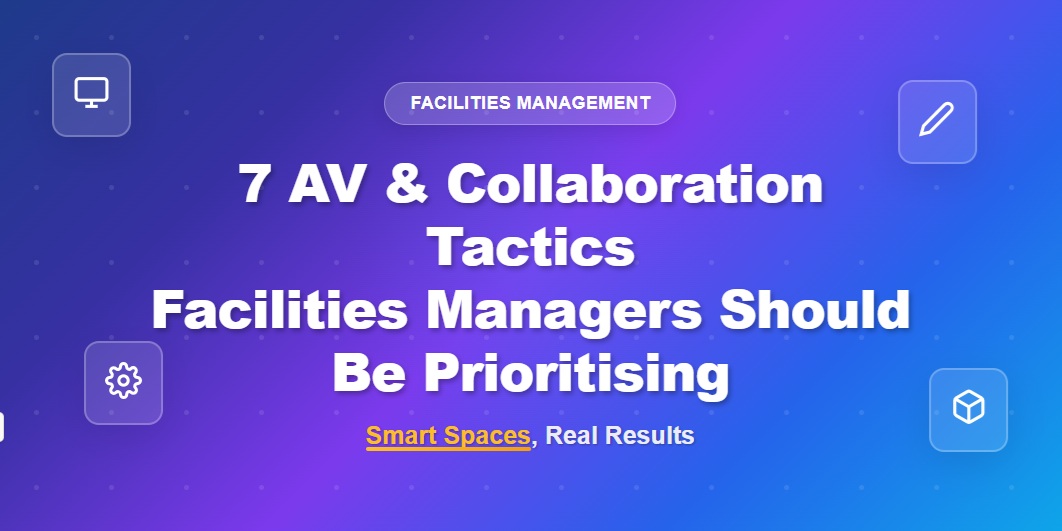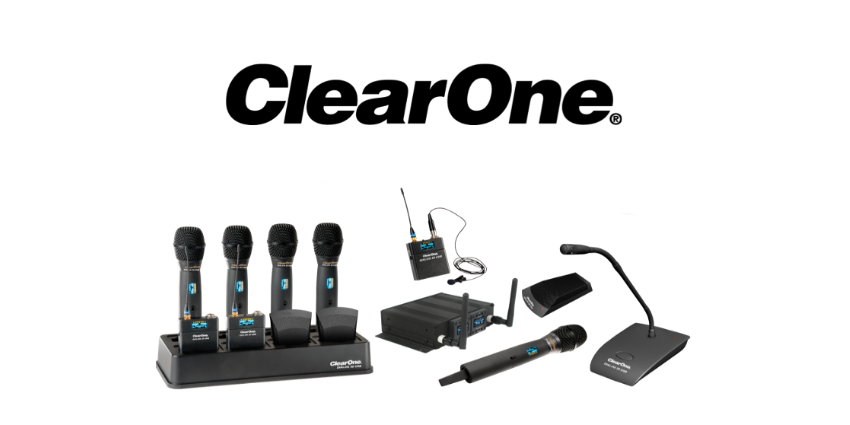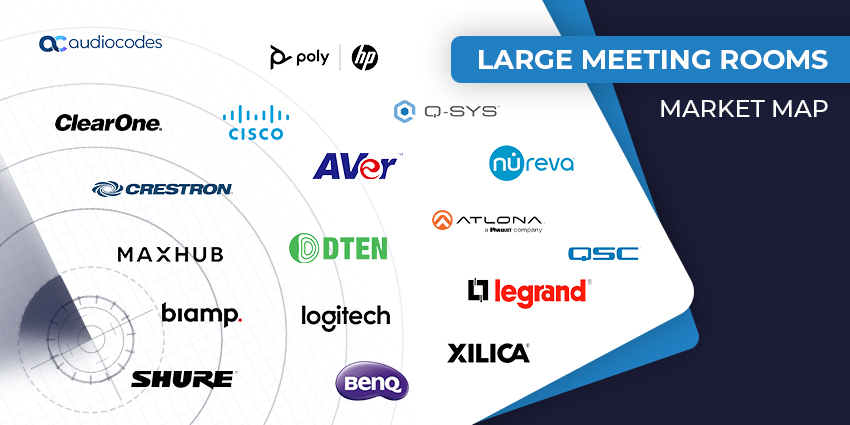2020 has caught us all off-guard. As a result of the pandemic, the world of work has changed almost beyond recognition in a relatively short period of time, forcing most of us into a new home-working routine. While most people started out with a temporary, makeshift home office, it is becoming quite clear that this is going to be our permanent place of work for the time being. Therefore, finding ways to remain professional at home is becoming a necessity.
Stepping Up Your Game
So, what does one need to focus on when professionalising their home office?
“The first thing you need to consider is a good headset,” says Richard Trestain, Product Marketing Manager for the EMEA North region at Jabra. “When you take hour long meetings, sound is critical. Low-grade audio, which you get from a lot of consumer devices, can be really exhausting for your brain.”

Other than a good headset, Trestain recommends we focus on a few other areas that can enhance the home working experience.
Turning our cameras on would be a good place to start.
“It’s important to embrace video. Time and time again, it’s been proven that video conferencing is more engaging and productive. It can also help with team cohesion and trust.”
“We’re also seeing a lot of people take notice of eye contact. I recommend placing the camera on top of the monitor, at eye level, so that you’ll be looking straight at the other person”
“Also, make sure you put most of your content directly below the camera, so that if you have to refer to it, you are still looking at the call participants.”
Many people are already coming to terms with the need to professionalise their home offices. “The purchases of things like monitors, office furniture, mice, keyboards etc. – went up in huge numbers,” says Trestain. “That’s a part of it. The numbers in headsets absolutely went up, but not in the same proportions. We can see that headsets are not regarded with the same importance as other peripherals.” The implication here is that people are making do with their consumer headset rather than investing in a professional quality device.
Professional headsets are an important device for the home office. In post-COVID reality, people spend hours on end attending remote meetings. “Ironically, people are actually spending 12% more time working when they’re home-based,” says Trestain. “We are seeing real fatigue, a large portion of which is caused by using the wrong equipment.”
“Consumer grade devices, which many people think are acceptable to use for work, are actually optimised for music,” says Trestain.
“When it comes to calls, they’re fine for personal use, but don’t provide the necessary sound quality needed for a productive meeting.”
The Importance of UC Certification
It is important to make sure the headsets we use for work are UC-certified. It’s beneficial that the headset is certified for your particular UC platform, in order to take advantage of the user experience it provides.
“The Microsoft Teams certification is particularly stringent. A lot of things they do and test and demand, you won’t get in any consumer devices.” Jabra’s own Evolve series recently became Teams-certified.
“I like to divide the benefits of UC-certified headsets into three categories: concentration, collaboration and flexibility,” says Trestain.
“When it comes to concentration, it’s important to be able to block out the world around you. Both UC and non-UC devices have passive or active noise-cancellation, but a Teams-certified device also includes side-tone support. This means that the headset is feeding the sound back into the user’s ears so they can hear their own voice above their ambient background noise, which keeps callers from shouting. When you’re sitting in a busy home environment and you’re taking calls with lots happening around you, that makes a big difference.”
“In terms of collaboration, this is all about being able to hear and be heard in order to get on with the task in hand. The main thing here is the microphone’s ability to transmit your voice in a clear way. For UC-certified devices, wideband audio is a must-have requirement to alleviate fatigue. Enterprise-grade headsets have wideband audio, which represents the voice of the person speaking in a much more natural way, making it much easier for the user and for those receiving the calls.”
“When we talk about flexibility, it’s mostly about multi-device connectivity. People expect to have their headset connected to both their mobile and their softphone at the same time. If you want to listen to music on your mobile one minute, but you need to take a call on your PC softphone the next, you don’t have to physically switch them over. That’s something that Teams-certified devices need to have and consumer devices often don’t have at all.”
A Long-Term Investment
According to Trestain, people and companies currently investing in the right devices should be able to reap the benefits of their investment way into the future.
“When choosing a headset, it’s important to invest in a future-proof solution to make it cost-effective further into the future. Jabra’s Evolve2 headsets, for example, are using the latest digital hardware. This allows us to release firmware updates in the future at no additional charge, and to enhance product performance and features. In terms of future-proofing, we really have our customers covered.”
But there’s more to future-proofing than just being up-to-date.
“Our future-proofing philosophy is also about ensuring that an outlay in headsets for people working from home now will be equally as valuable when we go back into the office. A considered deployment now is a long-term investment in productivity.”
